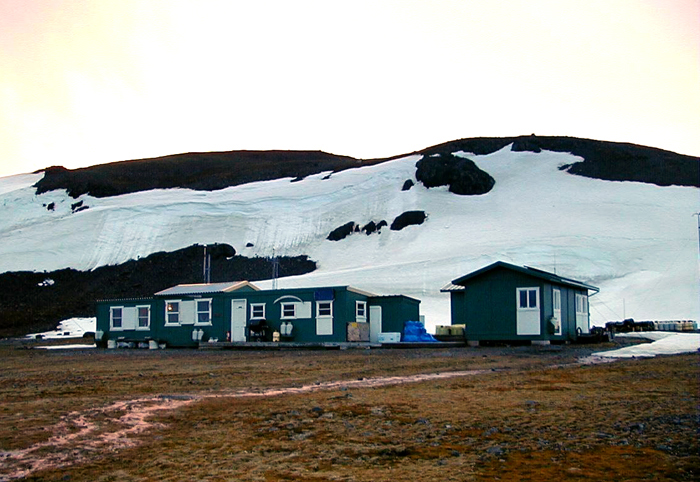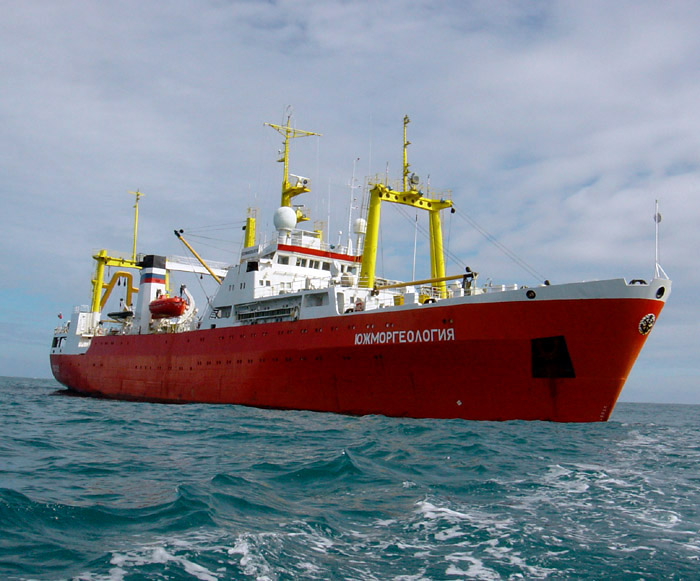|
Page 2/3 - Posted November 26, 2008
Unique collaboration of agenciesWayne Trivelpiece began working on King George Island in 1976 for his PhD in zoology out of a tent camp that first season. Poland established a research station in Trivelpiece’s study area along Admiralty Bay in 1977, and until 1985, he and later Susan worked at the Henryk Arctowski Station as guests and visiting scientists of the Polish. In 1985, NSF established a new camp (named Copacabana, or Copa) a few kilometers from Arctowski to continue the long-term study of the three Pygoscelis penguins. In 1997, NOAA incorporated the project into its Antarctic Marine Living Resources (AMLR) On the Peninsula
The United States passed the AMLR Act in response to an international treaty, the Convention for the Convention of the Conservation of Antarctic Marine Living Resources (CCAMLR) About 10 years ago, NOAA invited Wayne Trivelpiece to supervise the seabird research at Copa and at the newly constructed NOAA camp on Livingston Island called Cape Shirreff. NSF and NOAA collaborate on supporting the camps, with the former opening the two facilities in October and November with its research vessel the ARSV Laurence M. Gould “The two agencies recognized the scientific and applied values of the long-term study and that it was unique in that respect. It appealed to both of them,” Wayne Trivelpiece says of the agreement. “We couldn’t do our program at all without NSF’s help. We couldn’t get anyone in to our field camps early in the year because we don’t have our own ship until January. I think this is a really great marriage for both of the agencies.” More signs of climate changeFor many years, however, the Trivelpieces were NSF grantees. Much has changed in the last four decades, and there are more visible signs of climate change in the Antarctic Peninsula region than what scientists are finding in the bellies of penguins. The researchers spend many of their days hiking to penguin colonies and skua nests. Two big chinstrap colonies about 15 kilometers away used to require crossing a pair of glaciers. Two large lakes now sit in front of the glaciers. “Those glaciers have receded so much that one has become quite dangerous to cross,” noted Susan Trivelpiece, who arrives on the island each year in October. “NSF has given us canoes to transit in front. That’s worked out well.” Wayne Trivelpiece said the melting glaciers should be physical proof to many climate skeptics that the world is warming on a grand scale. “We are now canoeing across these mile-wide lakes where 80-foot glacier cliffs used to stand,” he said. Back 1 2 3 Next |



For USAP Participants |
For The Public |
For Researchers and EducatorsContact UsU.S. National Science FoundationOffice of Polar Programs Geosciences Directorate 2415 Eisenhower Avenue, Suite W7100 Alexandria, VA 22314 Sign up for the NSF Office of Polar Programs newsletter and events. Feedback Form |



